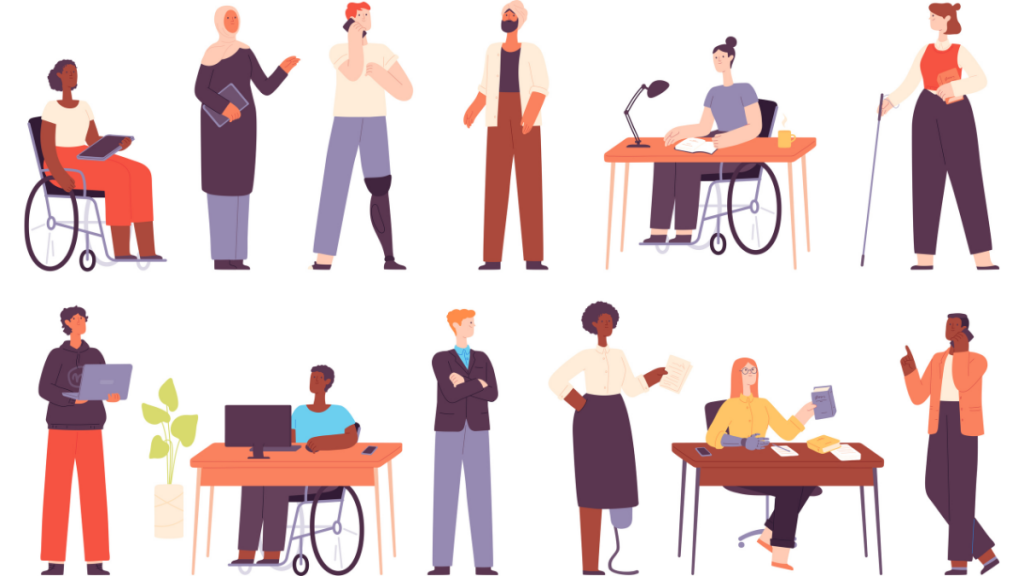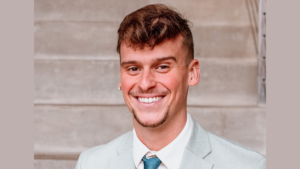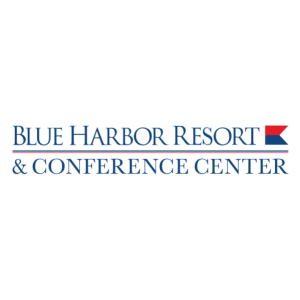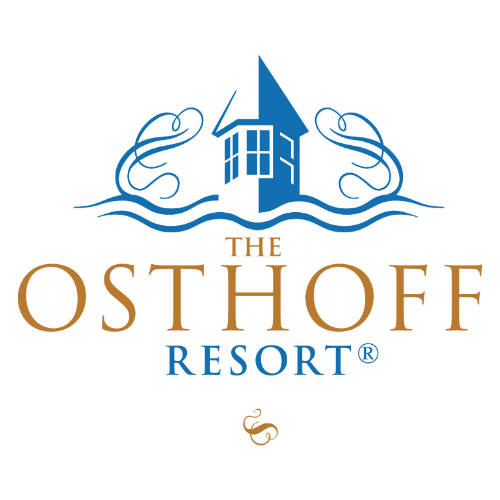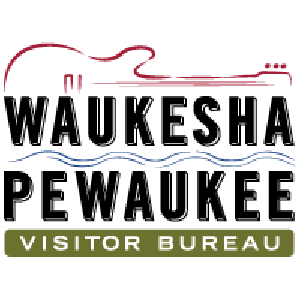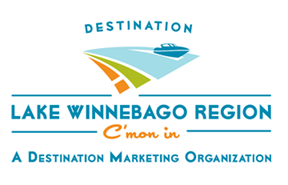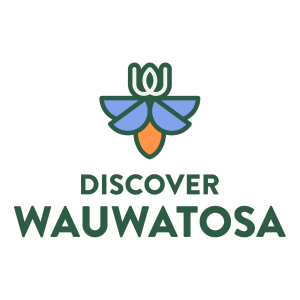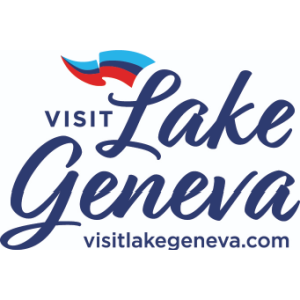Accessibility for All: Neuroinclusion for Your Meetings
07/17/2023
By Maura Keller
The American melting pot consists of many ingredients. It’s what gives our nation depth, character and diversity. With so many different kinds of people — many of who may experience language barriers, or struggle with disabilities, such as hearing or sight impairment, dyslexia, autism or other forms of neurodivergence — how do meeting and event planners manage diversity, equity and inclusion within their digital or hybrid event environments?
Equity is about specificity and meeting the individual needs of audience members. Both in-person and virtual events provide opportunities to practice diversity, equity and inclusion (DEI), and serve the specific needs of varied audience members.
In fact, making meetings and events inclusive is a key factor in producing a high-quality event that receives high attendee satisfaction scores, and maximizes impact and engagement. The first step a planner needs to take is to obtain a solid understanding of the audience’s needs in order to ensure inclusivity for a digital or hybrid event.
According to Dave Deasy, chief marketing officer at Wordly, the best way to assess the audience’s needs is by conducting surveys, which can be included on the event website and in the registration confirmation communication. “Ask attendees what their needs are and include a mix of questions with set responses, as well as open- ended answers to ensure you get a broad range of responses,” specifies Deasy. And, if it’s a recurring event, access post-event surveys from previous events for additional insights.
In this era of DEI, event planners should ask attendees whether they need reasonable accommodations during the sign-up process, such as events offered in closed captioning or interpreters, including for American Sign Language (ASL).
Technology’s Role
While technology plays a vital role in providing the digital or hybrid meeting experience, it also is paramount in helping all audience members — regardless of their disability or language barrier — engage with the content and experience being delivered.
“Technology continues to evolve rapidly, and there are now high-quality, easy-to-implement, affordable solutions available,” Deasy says. “Artificial intelligence (AI), for example, can remove the need for human interpreters, which makes planning easier and significantly reduces costs by eliminating the need for special equipment and hiring interpreters.”
Wordly launched its AI translation solution in 2019 and places a high priority on ease of use for everyone involved in the process — meeting hosts, presenters and attendees. “One of the keys to accessibility is making a product easy to use,” Deasy says.
Wordly sits in a secure cloud environment that eliminates the need for IT involvement in setting up the account, he explains. Hosts can schedule a translation session in two to three minutes and presenters can select the language they want to speak. Attendees can simply join using their own mobile phone or computer.
Wordly also designed its AI translation solution to make it very easy to use across all audiences. “Attendees scan a QR code or visit a URL provided by the meeting host, select their preferred language from a drop-down list, then instantly have access to read captions or listen to audio,” Deasly points out. “They don’t have to create an account or download anything to access the translations. This makes it easy and inviting.”
Celebrating Neurodiversity
Some meeting attendees’ challenges may be more evident, presenting themselves as language barriers, or sight or hearing impairment. Still other attendees may experience various neurodivergent issues that could impact their ability to engage with an event in a typical way. According to the Google Neu Project (short for neuroinclusion), common neurodivergence includes attention deficit hyperactivity disorder (ADHD), autism, dyslexia, epilepsy and Tourette Syndrome.
“The Neu Project is a love letter to neurodivergent individuals,” says Megan Henshall, global events strategy lead at Google. “Events and traveling can be particularly challenging for those with hidden disabilities or sensory sensitivities. The Neu Project was created to help educate and enable event professionals around the distinct things that they can do to be more neuroinclusive in experience design, but also with their teams, clients, etc. It’s the most meaningful work I’ve ever done.”
As Henshall explains, the Neu Project amplifies existing methods developed by neurodivergent communities, and encourages “new practical tactics of inclusion, starting with event spaces and programming, while partnering on other domains of hospitality, workplaces and beyond.”
Essentially, the Neu Project, which was launched in October 2022, is intended to inspire and empower event professionals to embrace new methods of inclusion for neurodivergent individuals at events, ensuring event designs reflect the unique needs of all neuro types and are neuroinclusive at every stage.
So what does this look like in the digital or hybrid event space? The Neu Project provides the “Event Professional’s Guide to Neuroinclusion” to help professional event planners learn more about the topic of neurodiversity and neuroinclusion, and how to create events that meet the needs of attendees with neuro differences.
In addition, Henshall points to the Neu Project’s “Neuroinclusive Event Checklist,” which is formatted to help planners evaluate each phase of a typical event lifecycle and ensure each phase is neuroinclusive. While the checklist is primarily focused on in- person events, there are some key elements that are focused on making hybrid or digital events neuroinclusive as well.
For example, when a meeting planner is selecting a virtual event space, the Neu Project recommends the following:
- Accessibility features, including captioning and translation
- Integrated chat and feedback functionality
- A hand-raise function, or the ability to queue questions and comments
- Multiple recording capabilities, including audio only, as well as audio and video • On-demand content (pre-event, during event and post-event)
- Preparing content in multiple ways, including diagrams, images and infographics
- Short and legible content
- Having speakers use direct, clear and concise language, as well as visual prompts
- Using dyslexia-friendly text
While the initial phases of the Neu Project offer tangible steps for event planners to take when planning in-person and digital events, the next phase of the project will be focusing on creating “multimodal educational and storytelling mechanisms to continue and advance the neuroinclusion conversation in the event industry, and to take it into various other hospitality disciplines.”
Additional Inclusive Strategies
In addition to providing the key technological tools to enhance the digital experience for all audience members, meeting planners can also incorporate elements into an event design that allows attendees to be as comfortable as possible.
“The most important thing is to understand your audience’s needs (by conducting surveys) and planning accordingly. Providing a detailed agenda that includes regular breaks is always a great practice to follow,” Deasy says.
“If the event is in person, make sure you provide ample time for attendees to move from one venue to another. Other tips include providing an in-person and virtual option, as well as making sure you offer captions and translations for all sessions, not just the keynotes.”
At the core of inclusive digital or hybrid events, it is vital to plan for everyone vs. just the needs of the typical attendee. “Being inclusive can increase attendance by making the event more attractive to prospective attendees. And offering inclusive events can also lead to higher employee retention for company meetings and increased sales for customer-focused events,” concludes Deasly.

